02 Dec GROWING A RECOVERY GENERATION
CITC and the Department of Corrections collaborate on a project that identifies gaps in services for pregnant women in the prison system
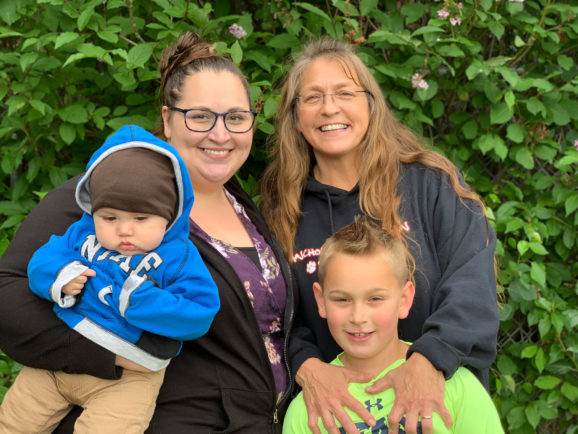
Nickelle Reagle had never met Donna Fisher. And yet in 2017, Donna took custody of Nickelle’s newborn daughter.
As Nickelle’s baby’s paternal grandmother, Donna was the closest family Nickelle could find, and her only option to keep her daughter out of OCS custody while she served a prison sentence.
“I spent my pregnancy in prison and had my baby in jail,” Nickelle shared. “Then I had to sign over the rights to my child, and that was terrifying.
“The community has no clue what’s going on,” she went on. “When it comes to women having babies in prison, they assume the mom is taken care of — or they don’t think about it at all. But when you look at the impact it’s having on our society, everyone should know.”
With the publication of Growing a Recovery Generation, CITC hopes not only to raise public awareness around the plight of pregnant and postpartum women in the prison system, but to provide a foundation for future programs that can help keep incarcerated women and their children together — and out of the prison system for good.
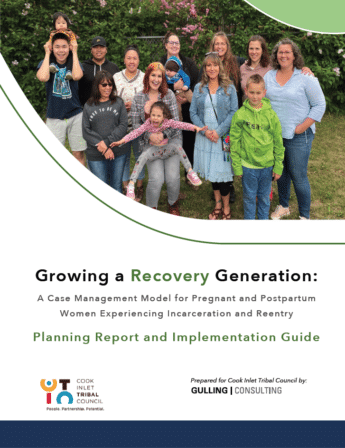
Keeping Women Out of PrisonGrowing a Recovery Generation opens with a startling statistic: “In 2019, though Alaska Natives comprised roughly 15 percent of Alaska’s total population, they represented 44 percent of the incarcerated female population. In comparison, Caucasians comprised 65 percent of Alaska’s population, but only 44 percent of its incarcerated female population.”Every woman who enters a prison facility in Alaska is given a pregnancy test. According to data reported by the Department of Corrections (DOC), there were 52 women who experienced pregnancy while incarcerated in 2020. But by the DOC’s own reporting, that number may in actuality be higher, since women who stay in prison less than 14 days are often not tested for pregnancy.“When I came to this project, I thought, We need prison nurseries so we can keep mothers and children together,” said Chelsea Gulling of Gulling Consulting.
“[T]hough Alaska Natives comprised roughly 15 percent of Alaska’s total population, they represented 44 percent of the incarcerated female population.” – from Growing a Recovery Generation
Chelsea was hired by CITC, in collaboration with DOC, to help develop a project aimed at reducing recidivism among incarcerated women that could be funded by federal, state, and/or local sources. To inform the project, Chelsea worked with a focus group of formerly incarcerated women who have served time at Hiland Mountain Correctional Center (HMCC) while pregnant or postpartum.
“But it’s not just prison nurseries we need,” Chelsea continued. “Most women experiencing incarceration are there for nonviolent crimes. Knowing this — and knowing how important it is for mothers and children under the age of three to bond — there’s a real need for diversion practices that can keep women out of the prison system.”
Growing a Recovery Generation identifies gaps in services for incarcerated pregnant and postpartum women, as well as presenting current data on that population in Alaska. The report also puts forth best practices for implementing and operating an intensive case management model for future projects that would address the needs of women in the Alaskan prison system.
More crucially, according to Sue Clum, the report highlights the urgent need of a population that usually gets overlooked.
Sue was one of five formerly incarcerated women who participated in an advisory group that informed the report.
When she entered the prison system, Sue had a six month old son. “I was not able to see him at all for almost two and a half months. My biggest concern was being able to stay connected to my children. But I also see a lot of girls who get released and have no where to go. There needs to be someone to mentor them back out into society.”
For Alaska Native women, the lack of supportive services has an even greater impact: Because HMCC is the only women’s prison in Alaska, women from across the state who are released from the facility often can’t return to their rural homes and lack the natural and cultural support their communities provide.
“Most women experiencing incarceration are there for nonviolent crimes. Knowing this […] there’s a real need for diversion practices that can keep women out of the prison system.” – Chelsea Gulling, Gulling Consulting
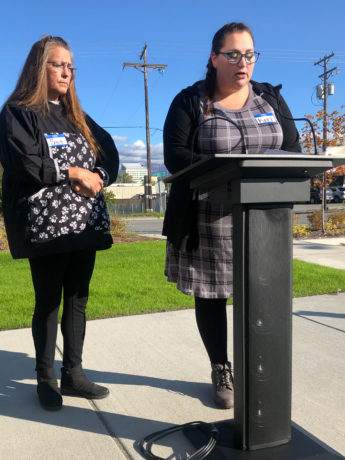
Even among organizations that provide reentry services, those programs are often reserved for men only. While two CITC programs — the Chanlyut recovery treatment and reentry residence and the Ernie Turner residential treatment Center — can serve individuals stepping out of incarceration who are also seeking treatment from substance abuse, only one (the Ernie Turner Center) is co-ed. CITC does not offer any female-only reentry services and has no programs tailored specifically for pregnant or postpartum women reentering society.
While reentry support for women is available elsewhere in Anchorage, very few programs are designed to address the specific needs of pregnant or postpartum women.
“The lack of support causes many women, Native and non-Native alike, to return to their often-unhealthy local support system, making them more likely to reoffend,” Gulling concluded in Growing a Recovery Generation.
A significant portion of the report focuses on the generational impact of imprisoned women: Because “the strength of the parent-child bond is a significant factor in a child’s later ability to overcome challenges and become successful in life,” the report states, providing services to pregnant or postpartum women in prison has tremendous potential for positively changing the lives of the children of those women.
Sue has seen firsthand how the trauma of incarceration and separation perpetuates itself through generations of women. Her own daughter, Kori Blake, served time in prison, too.
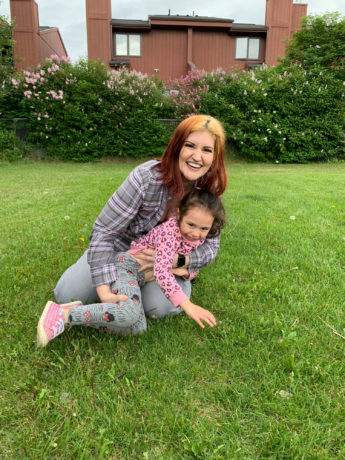
“That’s what this effort is all about,” added Kori, who also served on the advisory group. “We shared our generational story of substance abuse and incarceration because it’s important to find a way to stop the cycle. It’s important to have consequences [for crime], but there’s also importance to providing for the health and well being of every person, in or out of jail.”
Making It Real
“You don’t always do a focus group for a grant like this,” pointed out Dana Burgan, quality assurance manager for CITC’s Recovery Services department, which provides services for individuals reentering society after incarceration.
“To actually bring in women — one of whom was only three months released — and hear their voices is what made this planning project totally different than anything I’ve worked on before,” Dana added.
“It’s important to have consequences [for crime], but there’s also importance to providing for the health and well being of every person, in or out of jail.” – Kori Blake, mother and member of advisory group
The experience was valuable for the advisory group participants, too.
“Sharing my story makes me feel thankful,” Sue said.
But, she adds, she doesn’t want her story, or the stories of other women, to fall on deaf ears.
“Hopefully, hearing from us makes it more real for other people. I hope readers of the report take away that there’s an urgent need for services for pregnant women in prison, and that they’ll start implementing programs.”
“It’s been four years since I’ve been in prison,” added Nickelle, who also contributed to the advisory group. “This problem wasn’t being addressed then, and it’s still not being addressed. It’s not just about the women — the kids are getting the short end of the stick. If we can just extend a little help, we can make a positive impact on our community.”
Service providers and others are encouraged to download a copy of Growing a Recovery Generation here.
CITC, and its sister organization the Alaska Native Justice Center, provide reentry services for those who have previously been incarcerated and are rejoining society. You can learn more here and here.

